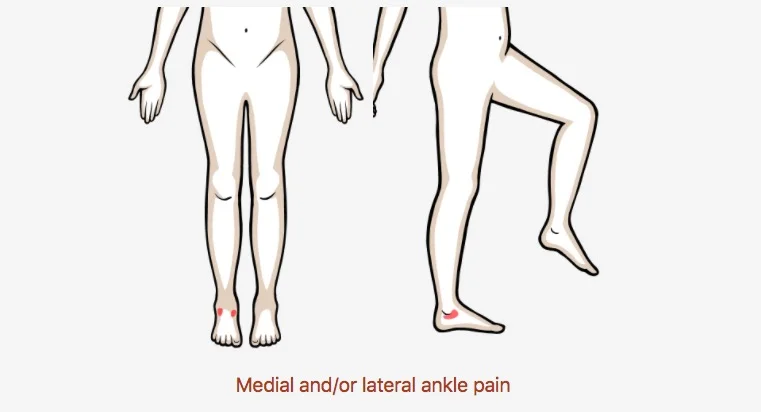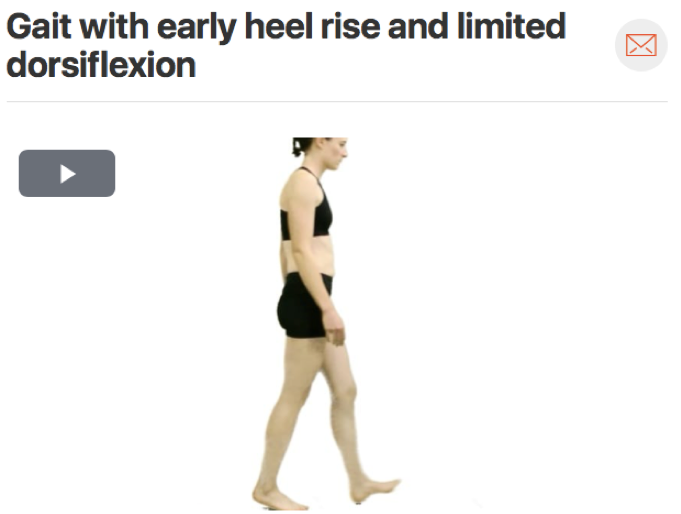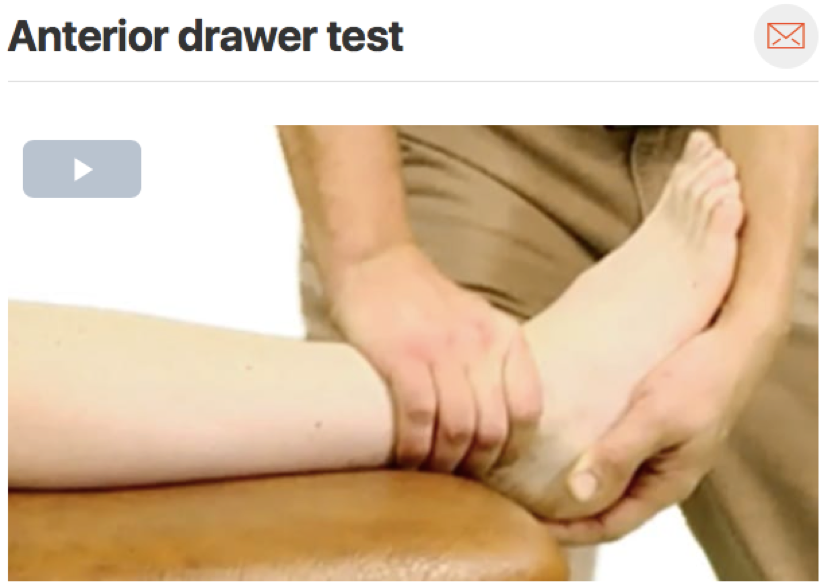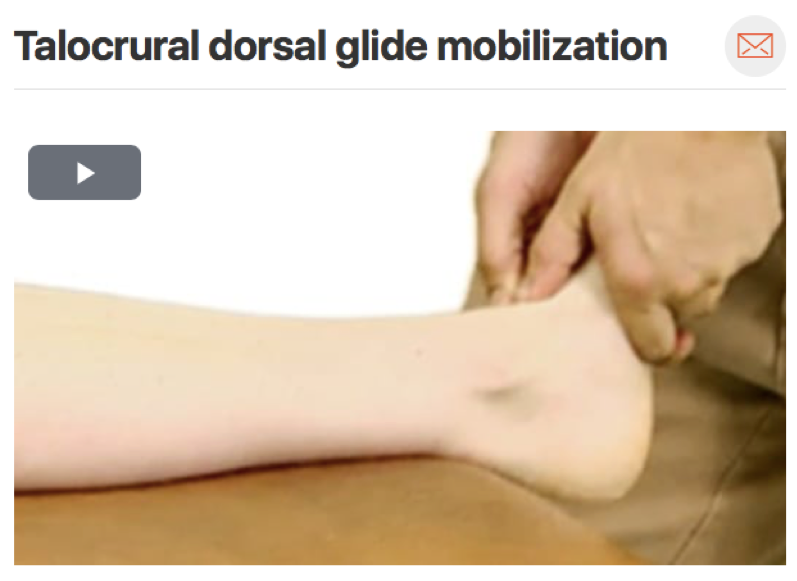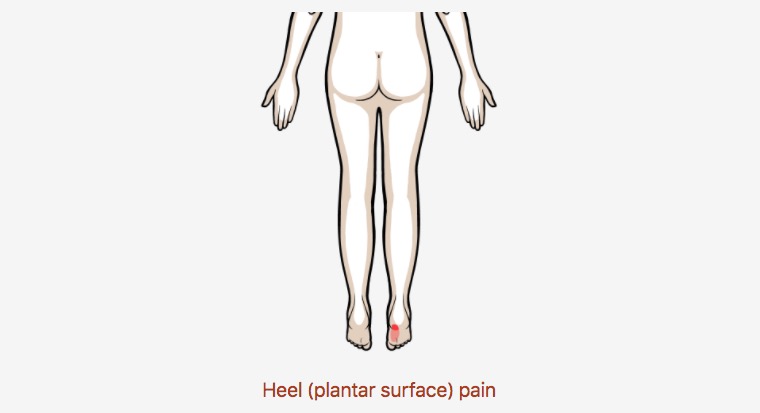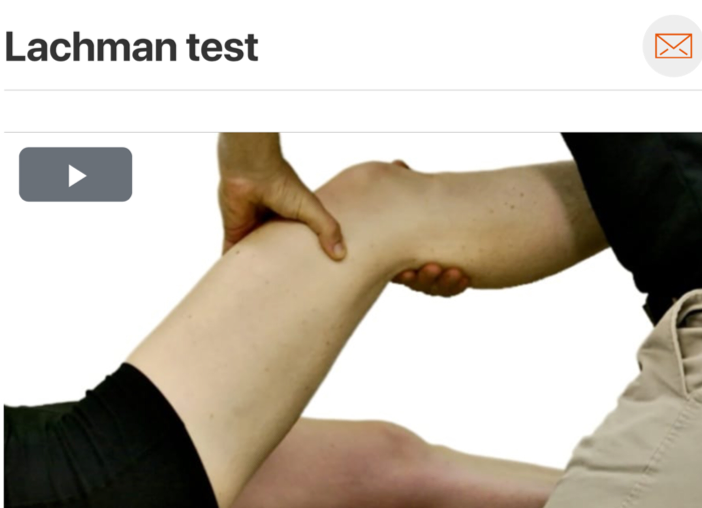Ankle Stability and Movement Coordination Impairments
Ankle sprains are a very common injury among the younger and physically active population. It is important to know how to properly rehab an ankle sprain to help prevent another one from reoccurring. Look below for some things to consider!
If you do not know the common clinical findings no problem! Click here
Anatomy
Image via Complete Anatomy 2018 by 3D4 Medical
Common Movement Fault
For lower extremity injuries it is important to watch how your patient walks, this can tell you a lot about their movement patterns. A common movement fault seen in people who sprain their ankle is a lack of dorsiflexion. While lack of dorsiflexion is not the only factor that can contribute to a risk of an ankle sprain. If the ankle is stiff and is unable to move into full dorsiflexion it will try and gain that range by taking the path of least resistance. Which could lead someone to roll over their ankle causing a lateral ankle sprain.
Special Tests
The anterior drawer test can be used to assess anterior talofibular ligament integrity. This tendon is commonly injured with lateral ankle sprains. Make sure to assess the uninvolved side before assessing the involved side in order to see what is “normal” for the patient. (Click image to watch 1-2 minute video)
Treatment
After your patient has moved through the acute phase of their injury it is important to gain full range of motion of the ankle. This can be achieved through posterior talocrual mobilizations. Grade I and II mobilizations can be used to reduce pain where Grade III and IV mobilizations can be used to help increase ROM.
Therapeutic Exercise
Balance is very important in the treatment of ankle sprains in order to help the ankle regain proprioception and prevent future ankle sprains. (Click image to watch 1-2 minute video)

